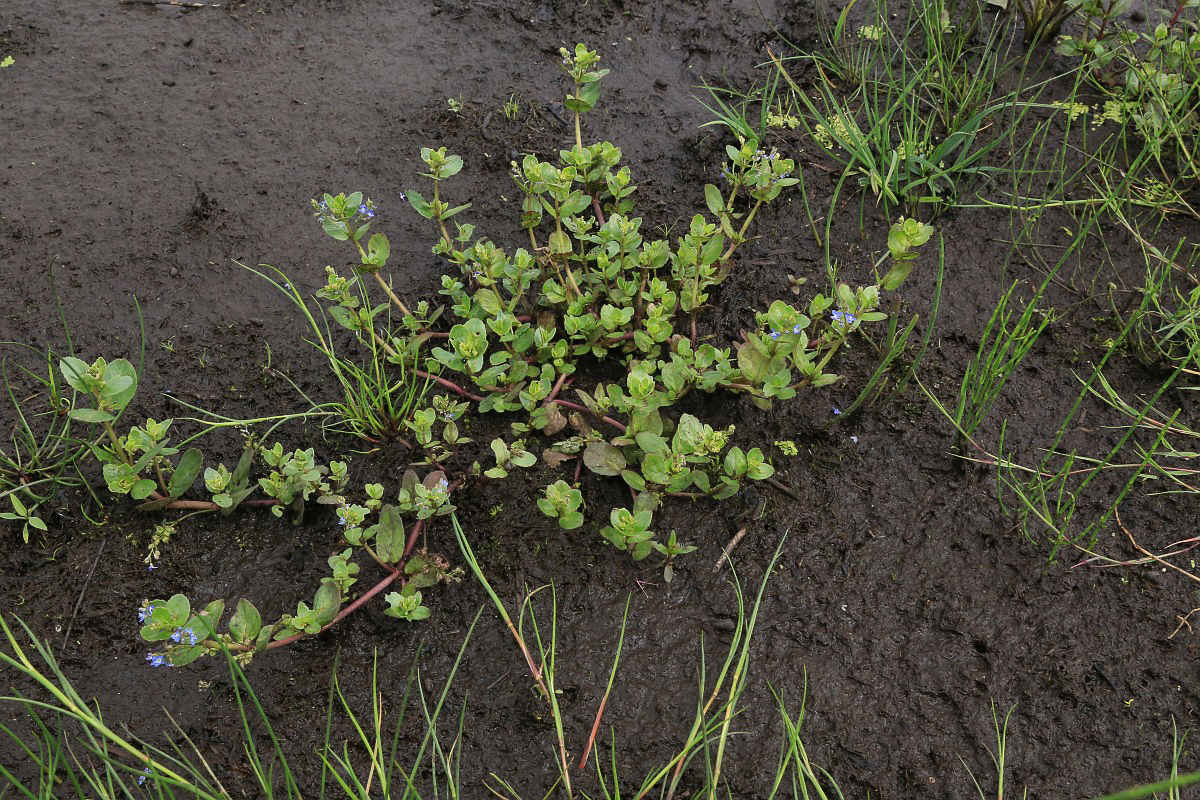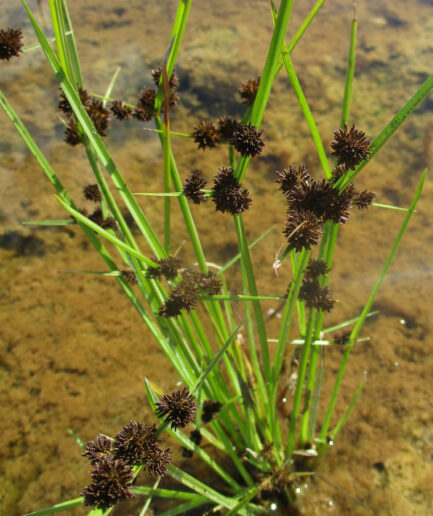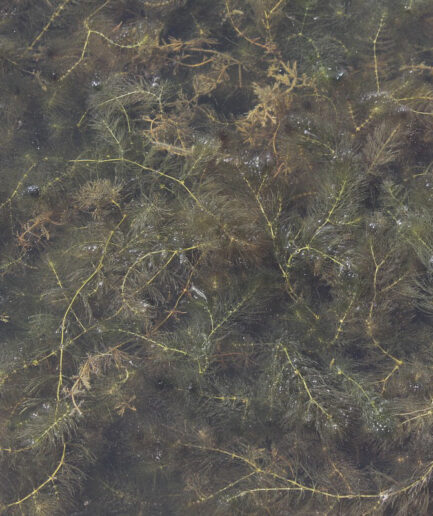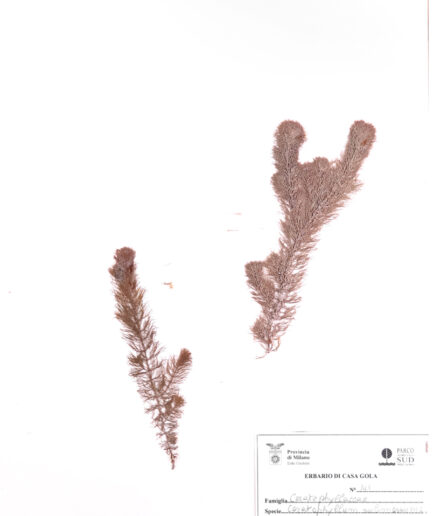Brooklime
Scientific name: Veronica beccabunga L.
Family name: Plantaginaceae
MORPHOLOGY
Habit and dimensions: perennial herbaceous plant, reaching up to 60 centimeters in height.
Stem: highly branched and fleshy. The basal part is usually prostrate and creeping.
Leaves: opposite and fleshy, with an ovate or oblong blade and a serrated or crenate margin. They are obtuse at the apex and shortly petiolate.
Flowers: arranged in axillary inflorescences. Each inflorescence can consist of 10 to 20 individual flowers with sky blue or deep blue petals, fading to white.
Fruits and seeds: glabrous, globose capsules, slightly compressed. They contain oval, reddish-brown seeds.
DISTRIBUTION AND HABITAT
A Eurasian species, primarily found in the northern regions of Italy. It grows at the edges of springs, ditches, and moist soils, preferring well-sunny positions. It can be found up to 2,500 meters in altitude.
USE
The plant has digestive, diuretic, tonic, and antispasmodic properties, and is also used to treat skin and oral cavity inflammations. Note: Before taking any plant-based product (medicinal or otherwise) for therapeutic or similar purposes, it is always advisable to consult your doctor.
Brooklime is also edible: it can be consumed raw in salads or used to flavor sauces.
INTERESTING FACTS
The genus name is of uncertain etymology, while the specific epithet derives from the German common name bachbohnen (= brook bean), due to the resemblance of the leaves.
Photo: Courtesy of Saxifraga – Hans Boll and Jan van der Straaten under a free license.

















